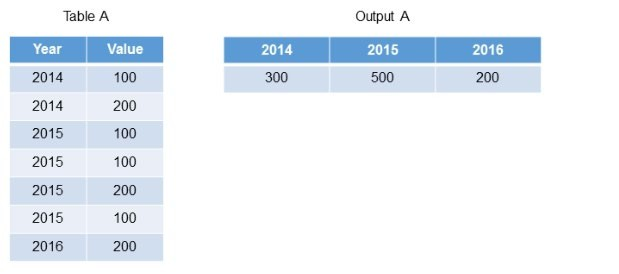SAP C_HAMOD_2404 Exam - Free questions
Certification Provider:
SAP
Exam Name:
SAP Data Engineer
Exam Code:
C_HAMOD_2404
C_HAMOD_2404 Free Questions:
Below you can find SAP Data Engineer exam free sample questions which will help you to prepare for your upcoming SAP certification exam. These questions will give you an idea of what to expect on the exam and help you review the C_HAMOD_2404 study material provided in SAP Learning hub. However we recommend that you enrol in premium SAP C_HAMOD_2404 questions which will guarantee you to pass your exam.
These C_HAMOD_2404 questions are updated frequently, so you can be confident that you're studying with the most up-to-date information available. ExamStudyZone also provides answer keys so that students can check whether their answers are correct or not.
Additionally, going through SAP Data Engineer practice questions can help you identify any areas where you need more review. Taking advantage of our C_HAMOD_2404 demo questions is a great way to set yourself up for success on the real exam.
Question No. 1) What are possible consequences of unfolding?(2 correct)
Options:
A) Count-distinct results are incorrect
B) Results are read from static cache
C) Query processing time improves
D) SQL compilation time increases
Question No. 2) Why would you use the Transparent Filter property in a calculation view?
Options:
A) To avoid columns being unnecessarily used in an aggregation
B) To include columns that are NOT requested by a query
C) To apply filters that are hidden from the end user
D) To allow filter push-down in stacked calculation views
Question No. 3) Using the table in the diagram, you need to create a cube calculation view. What is the simplest approach to create the output from the screenshot?

Options:
A) Create a restricted column for each year.
B) Implement a union node and map each year as a separate column.
C) Create 3 calculated columns.
D) Create a filter expression that uses an OR operator.
Question No. 4) You have generated a calculation view properties file. What does it contain?
Options:
A) Descriptions of all objects defined in a calculation view
B) All settings defined in a calculation view
C) Dependencies between calculation views
D) Documentation to support the calculation view
Question No. 5) In SAP Web IDE, you rename a dimension calculation view that is used by a cube calculation view. You do NOT use the option to rename the runtime view and adjust the reference. Afterward, you perform the following build operations:Build the dimension calculation view as a single object.Build the entire SAP HANA database module. What is the outcome of the build operations?
Options:
A) The first build is successful. The second build is successful.
B) The first build fails. The second build fails.
C) The first build is successful. The second build fails.
D) The first build fails. The second build is successful.
Question No. 6) What can you identify using Performance Analysis mode?(2 correct)
Options:
A) Expected memory consumption
B) Usage statistics of the calculation view
C) Joins that are defined on calculated columns
D) Information about join cardinality
Question No. 7) What are the key steps to implement currency conversion in a calculation view?
Options:
A) Assign semantic type Enable the measure for conversion Choose client, source and target currencies Choose conversion date and rate type
B) Enable the measure for conversion Choose client, source and target currencies Choose conversion date and rate type Assign the conversion rule to your calculation view
C) Enable the measure for conversion Choose client, source, and target currencies Choose conversion date and rate type Build the conversion rule
D) Assign semantic type Choose client, source and target currencies Choose conversion date and rate type Define an expression in a calculated column
Question No. 8) You created a calculation view that combines two tables in a join node. To improve the runtime of your calculation view, you use a referential join to prune data sources. How do you check if pruning occurs?(2 correct)
Options:
A) Use the SQL Analyzer to identify the tables used
B) Enable Debug Query mode to identify the columns used
C) Explore the number of used columns in the Performance Analysis mode
D) Preview the data results in the calculation view
Question No. 9) Which of the following techniques can you use to improve the performance of calculation views?(2 correct)
Options:
A) Partition large tables.
B) Limit the number of stacked calculation views.
C) Implement union pruning.
D) Avoid aggregating data early in the data flow.
Question No. 10) What are some best practices for writing SQLScript for use with calculation views?(2 correct)
Options:
A) Break up large statements by using variables.
B) Choose declarative language instead of imperative language.
C) Control the flow logic using IF-THEN-ELSE conditions.
D) Use dynamic SQL.
Many students have gone through these questions along with premium tests and cleared their exam.
C_HAMOD_2404 Exam Answers
